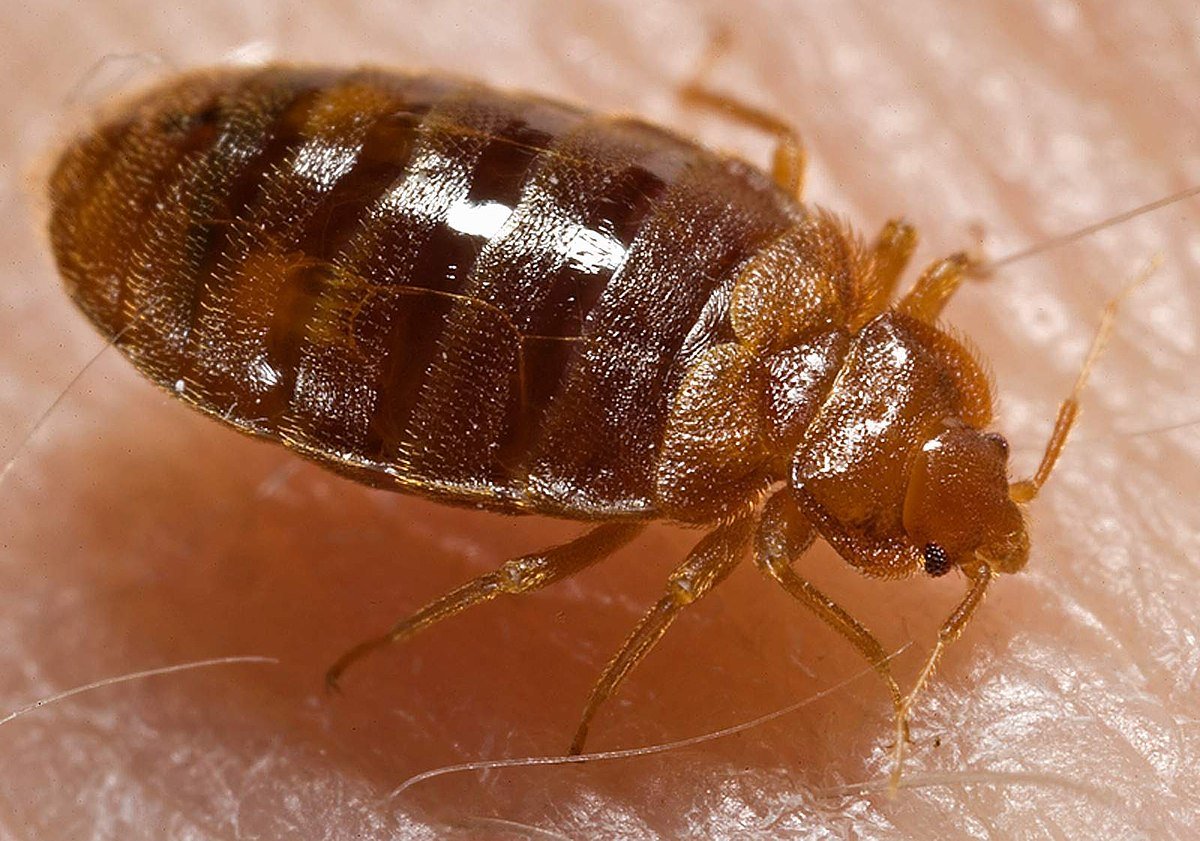Key Takeaways
| Point | Insight |
|---|---|
| Keyword | Bed bug exoskeleton is central to infestation signs |
| Biology | Exoskeleton sheds reveal life cycle and growth |
| Detection | Finding shells helps identify hidden colonies |
| Control | Exoskeleton analysis aids pest management |
| Prevention | Early spotting of shells reduces infestation spread |
Understanding the Bed Bug Exoskeleton
Bed bugs belong to the family Cimicidae. Their outer covering, known as the exoskeleton, is a rigid structure made of chitin. This shell protects the insect’s internal organs, supports its muscles, and provides a barrier against dehydration. Unlike mammals with soft skin, arthropods like bed bugs rely entirely on this tough outer layer.
When a bed bug grows, it cannot expand its exoskeleton. Instead, it must shed it through a process called molting. Each stage of shedding leaves behind a hollow shell. These shells, often found near mattresses, baseboards, and furniture seams, are one of the clearest indicators of infestation.
| Feature | Function |
|---|---|
| Chitin | Provides strength and durability |
| Layers | Protect internal organs |
| Molting | Allows growth by shedding old shell |
| Visibility | Shells remain as infestation evidence |
- Bed bug exoskeletons are pale yellow to light brown.
- They are lightweight and fragile once shed.
- They are commonly mistaken for live bugs by homeowners.
Life Cycle Tied to Exoskeleton Shedding
The bed bug life cycle has five immature stages before adulthood. At each stage, the insect requires a blood meal and then sheds its exoskeleton. This process is called ecdysis, and it marks the progression toward maturity. Without these molts, a bed bug cannot survive.
A typical nymph sheds its shell about five times. Each discarded exoskeleton provides direct evidence of a developing colony. Since bed bugs are nocturnal and hide during the day, their cast-off shells become crucial forensic signs for pest control professionals.
| Stage | Molt Frequency | Exoskeleton Clues |
|---|---|---|
| 1st Instar Nymph | After first feeding | Tiny, nearly clear shells |
| 2nd–4th Instars | After each meal | Larger, amber-colored shells |
| 5th Instar | Before adulthood | Full-sized shells |
| Adult | Does not molt | No further exoskeletons |
- Molting requires enough nourishment, usually human blood.
- Temperature and humidity influence molting speed.
- Shell size helps determine how mature the colony is.
How Exoskeletons Aid Detection
Pest inspectors often search for bed bug exoskeletons because they are easier to spot than the insects themselves. Bed bugs hide in deep cracks, but their cast shells remain out in the open. The shells do not move, bite, or decay quickly, which makes them reliable evidence.
Exoskeletons can collect in clusters near mattress seams, electrical outlets, carpets, and wall crevices. Homeowners often confuse them with food crumbs or skin flakes, but under a flashlight, their segmented, insect-like shape becomes clear.
| Detection Zone | Exoskeleton Signs |
|---|---|
| Mattress edges | Thin, yellow shells |
| Bed frames | Clusters of molted shells |
| Furniture joints | Hollow body fragments |
| Wall cracks | Shells caught in dust |
- Shells confirm an infestation, even without live sightings.
- Professional exterminators use them for mapping infestation spread.
- Shell build-up reveals colony size and duration.
Role in Pest Control Strategies
Understanding the bed bug exoskeleton plays a major role in designing control methods. When exterminators evaluate a home, they document both live bugs and molted shells. This helps determine whether an infestation is active, growing, or long-standing.
Chemical treatments and heat remediation are most effective when guided by infestation evidence. Large numbers of shells may indicate that the population has thrived for months. Fewer shells might suggest early detection. In both cases, integrated pest management (IPM) relies on exoskeletons for planning treatment.
| Strategy | Connection to Exoskeleton |
|---|---|
| Heat Treatment | Destroys bugs hiding near shell clusters |
| Insecticides | Applied where shells accumulate |
| Monitoring | Exoskeleton presence shows reinfestation |
| Education | Teaches homeowners to identify shells |
- Shells prove past feeding and growth.
- Proper analysis guides follow-up treatments.
- Residents learn to monitor new shell appearances.
Preventing Infestations with Early Shell Detection
Spotting a bed bug exoskeleton early can prevent full-blown infestations. Since live bugs are elusive, shells act as red flags. By checking frequently used areas—especially beds, sofas, and rugs—homeowners can catch problems before they escalate.
Prevention also involves travel vigilance. Bed bugs spread through luggage and second-hand furniture. Recognizing exoskeletons on hotel mattresses or thrifted couches can save a family from months of costly extermination.
| Prevention Step | Exoskeleton Relevance |
|---|---|
| Regular checks | Shells are early signals |
| Travel inspections | Detect shells in hotels |
| Used furniture checks | Shells in seams reveal risk |
| Professional inspections | Experts confirm shells vs. debris |
- Frequent inspections reduce infestation severity.
- Travelers should shine light on bedding corners.
- Shell discovery warrants immediate treatment.
Final Thoughts: Why Exoskeletons Matter
The bed bug exoskeleton is more than a discarded shell—it’s a vital clue. It reveals growth, feeding habits, and colony size. For homeowners and pest management experts, these shells are roadmaps pointing toward hidden infestations.
The strength of chitin allows exoskeletons to outlast live bugs, making them reliable evidence long after insects move. By studying these fragile remains, both professionals and residents gain the upper hand in controlling and preventing infestations.
| Insight | Impact |
|---|---|
| Exoskeletons linger | Long-term infestation signs |
| Molting evidence | Reveals colony growth |
| Detection aid | Easier than finding live bugs |
| Prevention tool | Stops infestations early |
- Bed bug exoskeletons simplify detection and confirmation.
- They offer a non-invasive method to prove infestations.
- Recognizing shells empowers people to act faster.
Checkout KBM Rankings




